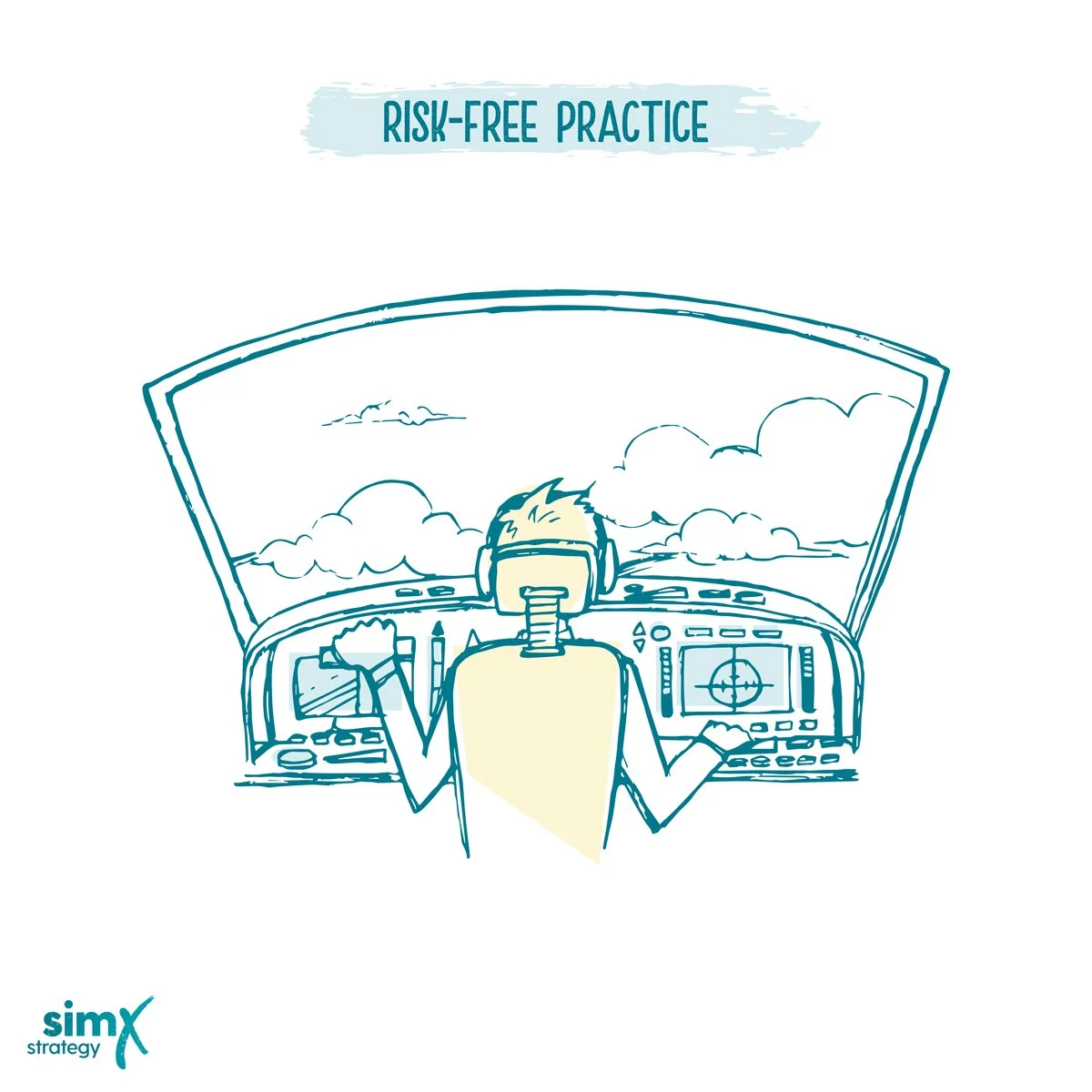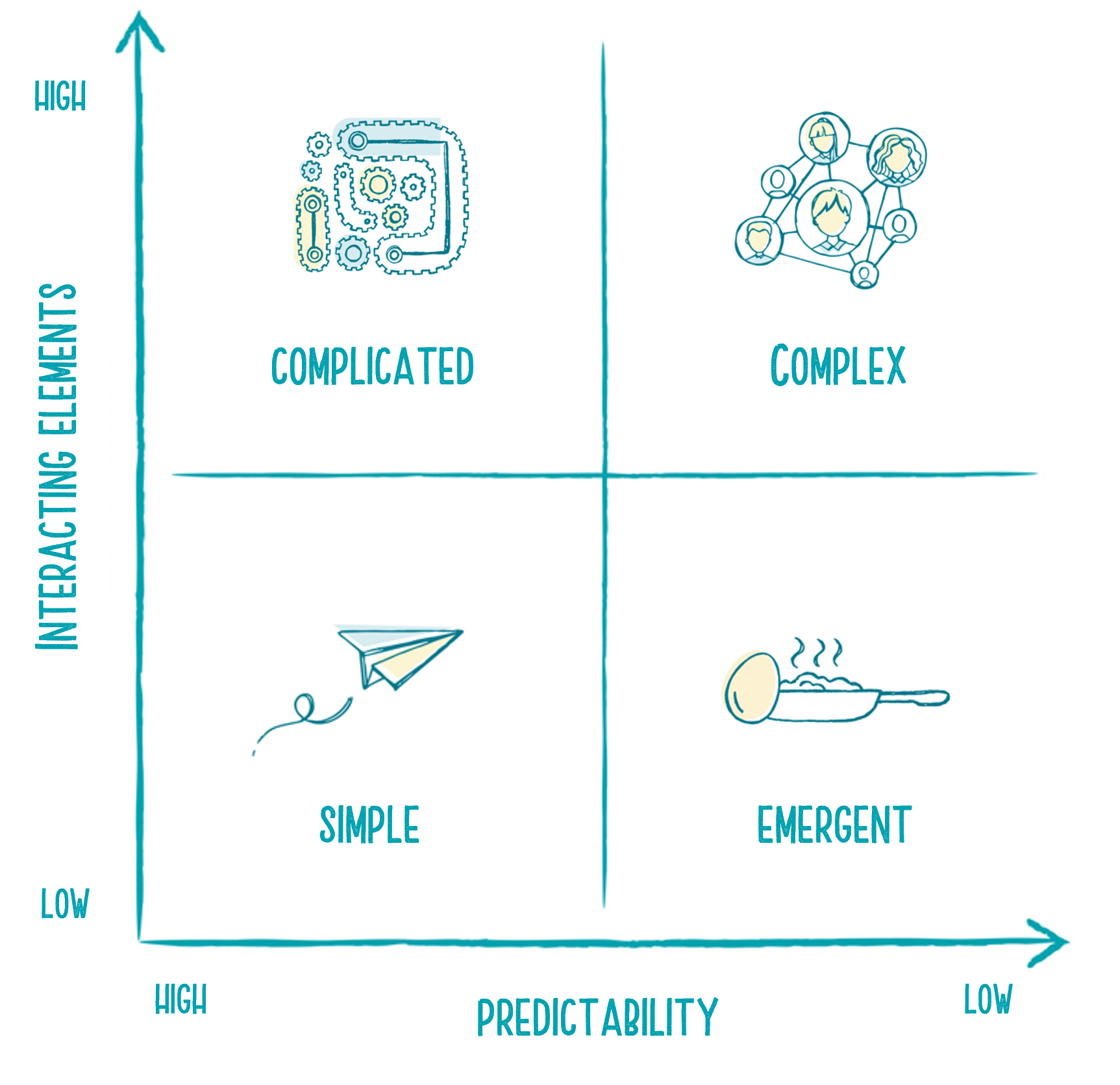Why Simulations Build Better Business Leaders
Imagine learning to fly a plane without ever stepping inside a simulator.
You might understand the theory, the aerodynamics, even the instruments, but when turbulence hits, theory isn’t enough.
That’s exactly how most leaders learn to navigate today’s business world: high stakes, unpredictable environments, and limited practice.
A business simulation is the leadership equivalent of a flight simulator - a risk-free environment to practise decision-making under pressure, test strategies, and learn from real-time feedback. It’s not about gaming; it’s about preparing leaders for reality.
The Leadership Value Model
Every organisation wants stronger leadership — but what does that really mean?
The Business Leadership Value Model describes how leaders grow their capability and impact across five levels of business understanding:
1. Functional Understanding – mastering your own area of expertise
2. Cross-Functional Awareness – recognising how your function connects to others
3. Business Operations – balancing cost, risk, and value creation
4. Strategic Thinking – seeing the big picture and shaping the future
5. Business Leadership – leading through complexity and uncertainty
Simulations accelerate this journey. They let leaders experience each level, make decisions that span functions, and practise strategic thinking, and to do so safely, quickly, and with immediate feedback.
What We Hear from Clients
When we speak with leaders, the first problems they describe are familiar and visible:
· Decision quality varies — too much instinct, not enough structure.
· Silo thinking — functions optimise for themselves, not the enterprise.
· Multi-stakeholder management — too many competing priorities.
· Resource allocation — time and money are spread too thin.
But beneath these lie the unspoken problems:
· Leaders spend too much time firefighting, not enough time thinking strategically.
· Under pressure, critical risks are missed or misjudged.
· And most learning happens in real life, with real consequences.
The Hidden Layer: Complexity
There’s another problem, one that’s rarely articulated but deeply felt.
The environment itself has become more difficult to navigate. The systems leaders need to navigate are no longer just complicated - they’re complex.
From a systems-thinking perspective, this means leaders need to recognise that different environments demand different approaches to problem-solving.
To make sense of this, imagine four types of systems:
Simple: Folding a paper plane, following a recipe, or assembling LEGO.
Complicated: Fixing an engine or implementing an ERP system - predictable but requires expertise.
Emergent: Cracking an egg or lighting a match - simple in form but irreversible in outcome.
Complex: Organisational culture, the weather, human relationships - unpredictable, interdependent, and constantly evolving.
The problem is, most organisations still tackle complex challenges with a complicated-systems mindset.
They analyse, plan, and try to “fix” what can’t be fully controlled.
In complex environments, there are no single right answers - only feedback, adaptation, and learning.
That’s where simulations come in. They give leaders the space to experience complexity safely, to see patterns emerge, and to practise the kind of thinking real leadership demands.
The Value of Simulation-Based Learning
The analytical case:
Business simulations create a safe, risk-free environment for leaders to practise decision-making in complex systems.
They can test strategies, evaluate trade-offs, and see cause-and-effect relationships unfold without real-world consequences.
This structured process strengthens decision quality, risk awareness, and strategic adaptability. All measurable drivers of business performance.
The human case:
A business simulation lets leaders step into the story of their organisation. It allows them to experiment, collaborate, and witness the ripple effects of their choices.
It’s where insight emerges through experience, not theory.
Leaders learn by doing, discovering how to adapt and lead with confidence when outcomes are uncertain.
In the End
The real world is too complex, and too costly, to learn leadership only by doing it live.
Business simulations give leaders the space to practise, to fail safely, to reflect deeply, and to grow faster.
It’s leadership development that looks and feels real - because it is.



